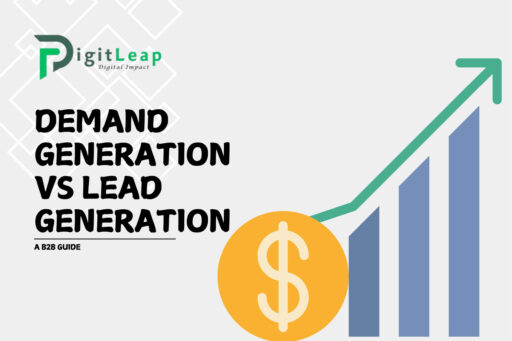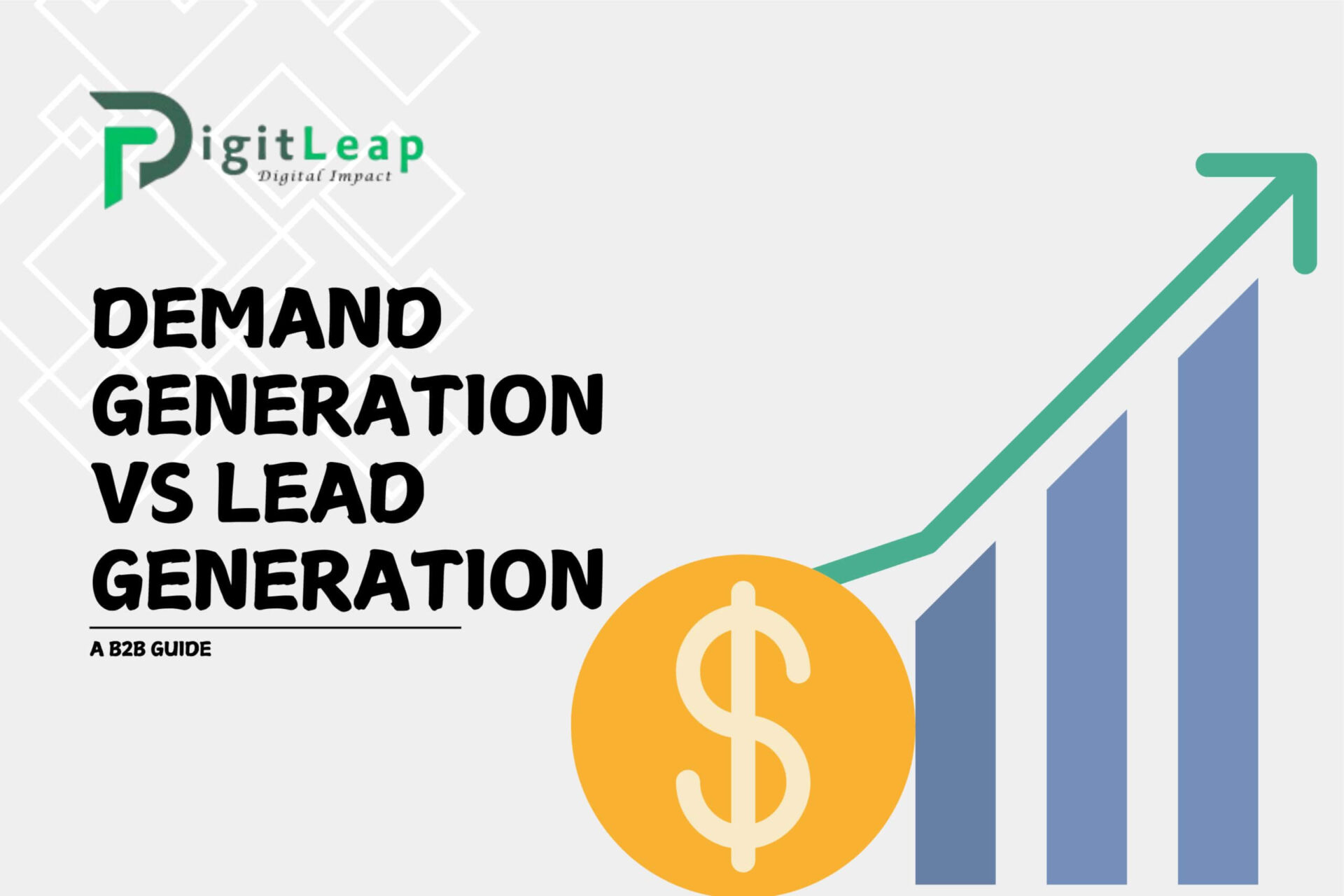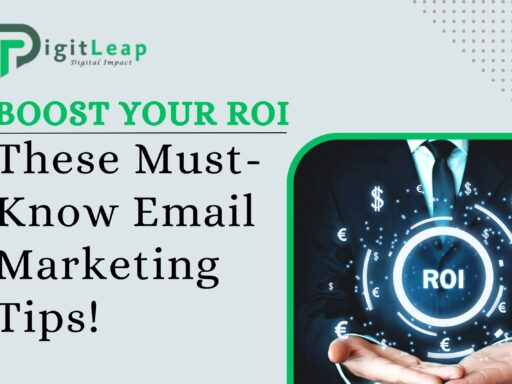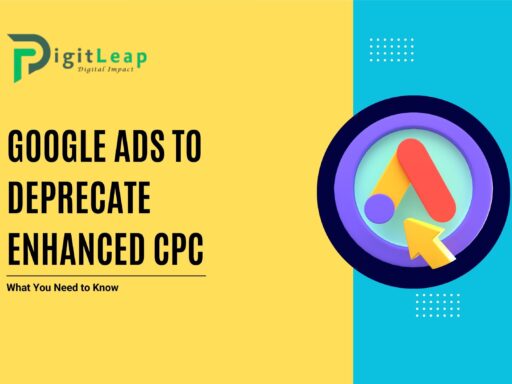Demand Generation vs Lead Generation: A B2B Guide
In the world of B2B marketing, two terms often come up—demand generation and lead generation. While both play crucial roles in driving business growth, they are not the same thing. It’s easy to confuse the two, but understanding their differences can help you build a more effective marketing strategy.
In this guide, we’ll break down the key differences between demand generation and lead generation, and why both are essential for a successful B2B marketing approach. Whether you’re new to marketing or looking to refine your strategy, knowing when to focus on demand generation versus lead generation can make a big difference in reaching your goals.
What is Demand Generation?
Demand generation is all about creating awareness and interest in your products or services. It focuses on building brand recognition, educating your audience, and nurturing relationships. The goal is to generate excitement and curiosity around your brand so that potential buyers are aware of the problems you can solve before they are ready to make a purchase.
Demand generation covers a broad range of activities designed to attract people to your business, often before they even know they need your product or service. The key here is building trust and positioning your brand as an industry leader.
Key Elements of Demand Generation
- Brand Awareness: The first step is making sure people know about your brand. This includes running awareness campaigns, engaging on social media, and producing educational content that speaks to your audience’s pain points.
- Content Marketing: High-quality content is essential for demand generation. Blog posts, white papers, webinars, and videos all help position your brand as a thought leader and keep your company top of mind when buyers are ready to make a purchase decision.
- SEO and Organic Traffic: Organic search traffic is a significant part of demand generation. When potential buyers search for industry-related information, you want your content to be what they find. Optimizing for search engines can drive consistent traffic to your website and build ongoing interest in your brand.
- Nurturing Relationships: Demand generation isn’t just about getting people to your website—it’s also about building relationships over time. Engaging your audience with valuable content, email marketing, and social media helps maintain their interest until they are ready to buy.
Demand generation is more of a long-term play, focusing on establishing a relationship with potential buyers that may not pay off right away, but will set the stage for future conversions.
What is Lead Generation?
Lead generation, on the other hand, is focused on converting interest into actionable leads. This is the process of identifying potential buyers and capturing their contact information so your sales team can nurture them toward a sale.
Lead generation comes after demand generation has done its job of creating awareness. Once people know about your brand and are interested in what you have to offer, lead generation takes over to convert that interest into qualified leads.
Key Elements of Lead Generation
- Landing Pages and Forms: A typical lead generation strategy uses landing pages with forms where potential customers can provide their contact information in exchange for something valuable, like an ebook, demo, or free trial.
- Gated Content: Unlike demand generation content, which is freely available to build awareness, lead generation often uses gated content. This means offering in-depth resources (like guides, case studies, or webinars) in exchange for a prospect’s information.
- Email Marketing: Once you’ve captured leads, email marketing helps move them through the sales funnel. This can include follow-up emails, personalized offers, and other communication aimed at converting leads into paying customers.
- Lead Scoring: Lead generation often involves lead scoring, a process where leads are ranked based on their likelihood of converting into customers. This ensures your sales team focuses on the most promising leads.
Lead generation is more direct and immediate than demand generation. It’s about taking the interest created through demand generation and turning it into sales opportunities.
The Differences Between Demand Generation and Lead Generation
While demand generation and lead generation are closely related, their approaches and goals differ significantly. Here’s a quick look at some of the key differences:
- Goal: Demand generation aims to create interest and awareness, while lead generation focuses on capturing leads and moving them through the sales funnel.
- Timeline: Demand generation is a long-term process, often involving ongoing engagement with your audience. Lead generation, however, is more short-term, focusing on immediate conversions.
- Content: Demand generation uses free, ungated content to attract attention and build trust, while lead generation typically involves gated content that requires users to provide contact information.
- Metrics: The success of demand generation is often measured by metrics like brand awareness, website traffic, and social media engagement. In contrast, lead generation metrics include the number of leads captured, conversion rates, and lead quality.
Why You Need Both
In the B2B space, a successful marketing strategy needs to include both demand generation and lead generation. Focusing only on lead generation can limit your growth because you’re only capturing leads from people who are already aware of your product or service. Without demand generation, you’re missing out on building long-term relationships with potential customers who may not be ready to buy today but will in the future.
On the other hand, relying solely on demand generation without a lead generation strategy in place could mean lots of interest but no clear path to turning that interest into sales.
Here’s why both are critical:
- Building Awareness: Demand generation helps build awareness among a wider audience. It creates the interest needed to feed your lead generation efforts down the line.
- Capturing Qualified Leads: Once interest is created, lead generation captures those who are ready to move forward, providing your sales team with qualified prospects to nurture toward a sale.
- Nurturing Prospects: Demand generation keeps potential customers engaged even when they’re not yet ready to buy. Lead generation then steps in when they’re ready to take action.
A balanced approach that includes both demand and lead generation ensures that your pipeline stays full at every stage, from initial awareness all the way to final purchase.
How to Integrate Demand Generation and Lead Generation
Integrating demand generation and lead generation into a cohesive strategy can be tricky, but it’s worth the effort. Here’s how you can make sure the two work together effectively:
- Start with Value: At the heart of both strategies is valuable content. Create resources that genuinely help your audience—whether it’s solving a problem, offering insights, or educating them about your industry. Demand generation should focus on freely available content that builds interest, while lead generation can offer more in-depth, gated content for those ready to dive deeper.
- Use Data to Inform Your Strategy: Use data from your demand generation efforts to inform your lead generation campaigns. For example, track which blog posts, videos, or social media content are driving the most engagement, and then create lead generation assets (like downloadable guides or webinars) around those popular topics.
- Create a Seamless Journey: Make sure the transition from demand generation to lead generation is smooth. After someone interacts with your awareness content, lead them to the next step with calls to action (CTAs) that guide them toward gated content or offer opportunities to engage further.
- Measure and Optimize: Continuously measure the effectiveness of both your demand and lead generation strategies. Pay attention to metrics like website traffic, engagement, lead volume, and conversion rates. Use these insights to fine-tune your approach and make sure both strategies are working together to drive results.
Conclusion
Both demand generation and lead generation play essential roles in a successful B2B marketing strategy. While demand generation builds awareness and interest in your brand, lead generation captures qualified leads who are ready to take the next step. By integrating both strategies, you can create a holistic approach that fills your sales pipeline and nurtures long-term business growth.
At DigitLeap, we specialize in helping businesses develop integrated marketing strategies that drive demand, capture leads, and deliver results. Whether you’re just starting or looking to refine your approach, we’re here to guide you in building a strategy that works for your unique business needs.






